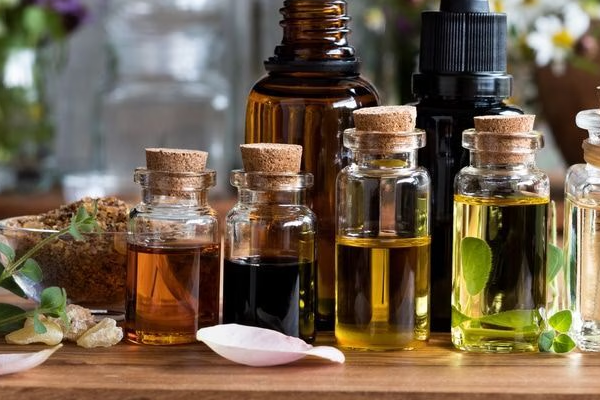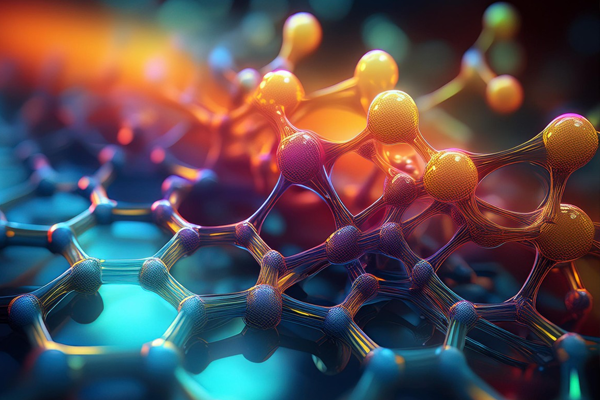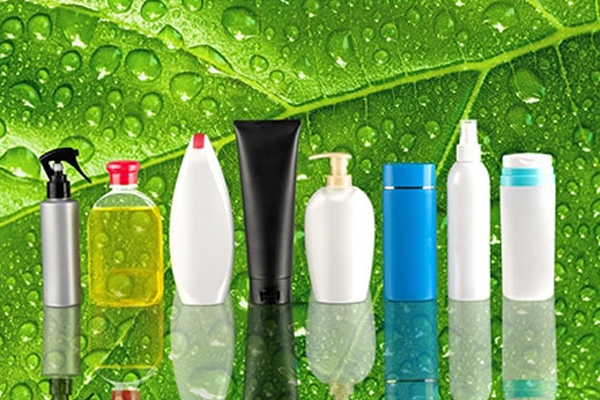
At its core, the fragrance and flavor industry is about creating sensory experiences that resonate with consumers on an emotional level. Whether it’s a luxury perfume, a fruity candy, or the fresh scent of a household cleaner, amyl alcohol and its derivatives play a critical role in delivering these experiences. The combination of their aromatic intensity, stability, and compatibility with other ingredients ensures that these chemicals are a cornerstone of product development in this highly competitive sector.

Solvents for Drug Synthesis: Amyl alcohol and its derivatives, such as iso-amyl alcohol, are used as solvents in the formulation of active pharmaceutical ingredients (APIs) and drug intermediates.
Excipients: Amyl acetate and other esters serve as non-reactive excipients in some pharmaceutical formulations, aiding in drug delivery.
Extraction Agents: These compounds are used in the extraction and purification of pharmaceuticals due to their high solvency power, particularly in natural product isolation.

Carrier Solvents: Alkyl alcohol and its derivatives are used in the formulation of agrochemical products as solvents, helping active ingredients mix properly and be more effectively distributed on crops.
Intermediates in Agrochemical Production: These chemicals also serve as intermediates in synthesizing active ingredients for pesticides, herbicides, and fungicides

Solvents and Diluting Agents: Primary alcohols and their derivatives are widely used as solvents in paint formulations to control viscosity, improve flow, and ensure uniform application.
Coalescing Agents: These chemicals help form smooth, durable film coatings, especially in waterborne and industrial coating systems.

Plasticizers: Esters serve as plasticizers, enhancing the flexibility and workability of polymers, particularly in PVC and other plastic products.
Polymer Solvents: These chemicals are used as solvents for resins in polymer production and processing, aiding in achieving the desired polymer characteristics.

Solvents for Adhesives: Few amyl esters are commonly used in adhesive formulations, especially in those requiring quick setting and strong bonding properties, such as in industrial or construction adhesives.
Sealant Additives: These compounds help improve the formulation of sealants by providing consistent viscosity and enhancing adhesion properties.

Fragrance Solvents: Alkyl alcohol and its derivatives are also utilized in cosmetics as solvents for fragrances, ensuring that the desired scent remains stable over time.
Aesthetic Properties: Amyl acetate is often used in nail polish removers and as a component in other cosmetic formulations due to its effective solvency properties.

Processing Aids: These chemicals are used as processing aids in the production of rubber and elastomers, enhancing the
workability and final properties of these materials.
Solvents for Vulcanization: Amyl alcohol derivatives play a role in the solvent-based vulcanization process, making the material more pliable during manufacturing.

Solvents for Dyeing: Amyl alcohol and esters like amyl acetate are used in textile processing, particularly in dyeing and finishing processes to improve dye uptake and dispersion.
Leather Tanning: These chemicals assist in the treatment and finishing of leather, helping in degreasing and improving the texture of the finished product.

Intermediate Chemicals: Amyl alcohol and its esters serve as intermediates in the production of various other specialty chemicals, including esters, acids, and alcohols used across multiple industrial sectors.
Synthetic Lubricants: These compounds are involved in the formulation of synthetic lubricants and greases, contributing to reduced friction and wear in industrial machinery.

We are making eco friendly VOC free compounds serve as eco solvents for spectacled green solvents to replace traditional hazardous solvents like Tri Chloroethylene, petrochemicals like methanol, kerosene etc

Fuel Additives: VFA esters & derivatives find application as fuel additives in the automotive and aerospace industries, improving fuel efficiency and reducing emissions